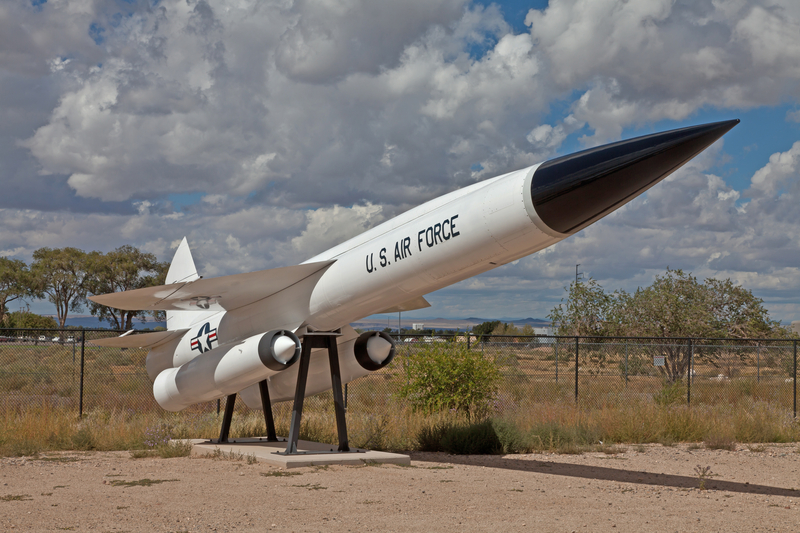JACKSON TOWNSHIP, NJ – Sometimes the most pivotal moments in history are those that quietly fade into the annals of the past, all but forgotten. Such is the case with the Bomarc Missile Accident, an event that occurred on June 7, 1960, at the Lakehurst Naval Base in New Jersey. This accident, involving the malfunction and subsequent fire of a Bomarc missile, left an indelible mark on Cold War history and prompted sweeping changes in military safety protocols.
The Bomarc Missile Program was a United States-Canadian initiative to develop a surface-to-air missile capable of intercepting incoming enemy bombers. The missile stored at Lakehurst was equipped with a nuclear warhead. On that fateful day in June, a helium tank within the missile’s storage shelter exploded, leading to a fire that engulfed the missile and its radioactive payload.
Fortunately, the nuclear warhead did not detonate, but the incident did result in the release of radioactive contaminants into the surrounding environment. The immediate area was evacuated, and a cleanup operation was initiated. However, the incident had lasting implications. For decades, the contaminated soil and groundwater remained a point of environmental and public health concern.
The accident led to increased scrutiny of the Bomarc Missile Program and a reconsideration of the risks associated with storing nuclear warheads. Stricter regulations were put in place to minimize the risks of similar accidents. It also stoked public fears and debates about the safety of nuclear weapons, adding fuel to the anti-nuclear movement that was gathering momentum at the time.
The site of the Bomarc Missile Accident is now part of Joint Base McGuire-Dix-Lakehurst. In the years following the incident, the area was subjected to cleanup operations, and several studies were conducted to assess and mitigate the environmental impact. While the site has been mostly remediated, the incident serves as a sobering reminder of the inherent risks associated with nuclear armaments.
The Bomarc Missile Accident may be a lesser-known chapter in Cold War history, but it provides crucial lessons about the potential consequences of wielding such powerful technology. Although the incident did not result in loss of human life, it had a lasting impact on military protocols and environmental safety. Today, it stands as a warning of what could go wrong when the unimaginable becomes conceivable.
The BOMARC missle base is still there today. You can find it near the Colliers Mills Wildlife Management Area. It is fenced off, but you can see all of the missile sites rusting away as nature reclaims the site.
